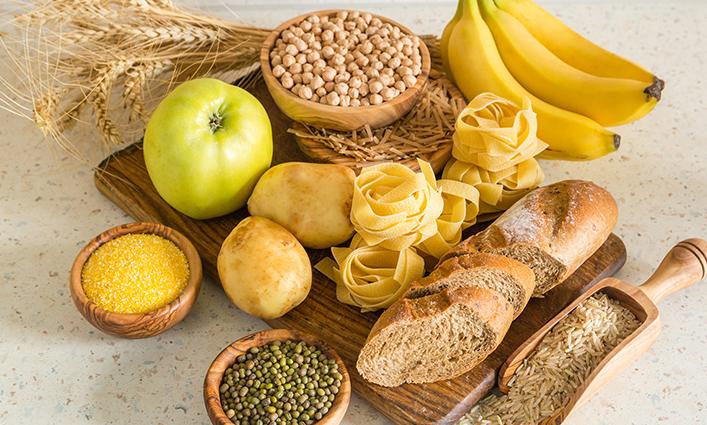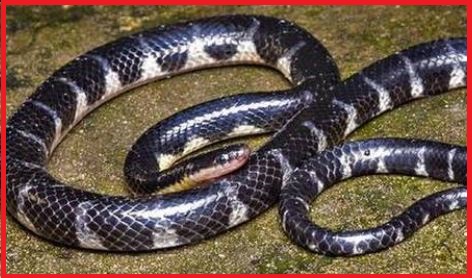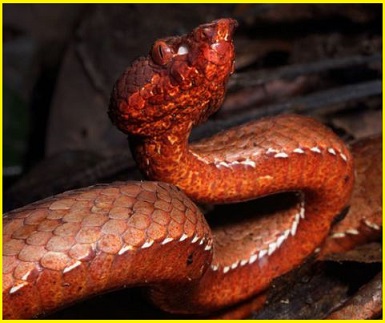Updated By: LatestGKGS Desk
Carbohydrate: Monosaccharide & Polysaccharide, Source, Chemical & Physical properties

Carbohydrates: Definition, types, chemical structure, physical properties, sources, functions
Carbohydrates: Mainly sugars and starches, together constituting one of the three principal types of nutrients used-as energy sources (calories) by the body. Carbohydrates can also be defined chemically as neutral compounds of carbon, hydrogen, and oxygen.
Carbohydrates come in simple forms such as sugars and in complex forms such as starches and fiber. The body breaks down most sugars and starches into glucose, a simple sugar that the body can use to Feed its cells. Complex carbohydrates are derived from plants.
Monosaccharides
This is the smallest possible sugar unit. Examples include glucose, galactose, or fructose. Glucose is a major source of energy for a cell. "Blood sugar" means "glucose in the blood."
galactose, most readily available in milk and dairy products.
fructose, mostly in vegetables and fruit.
Polysaccharide Definition
A polysaccharide is a large molecule made of many smaller monosaccharides. Monosaccharides are simple sugars, like glucose. A polysaccharide can be a homopolysaccharide, in which all the monosaccharides are the same or a heteropolysaccharide in which the monosaccharides vary. Special Enzymes bind these small Monomers together creating large sugar polymers, or polysaccharides. A polysaccharide is also called a glycan.


